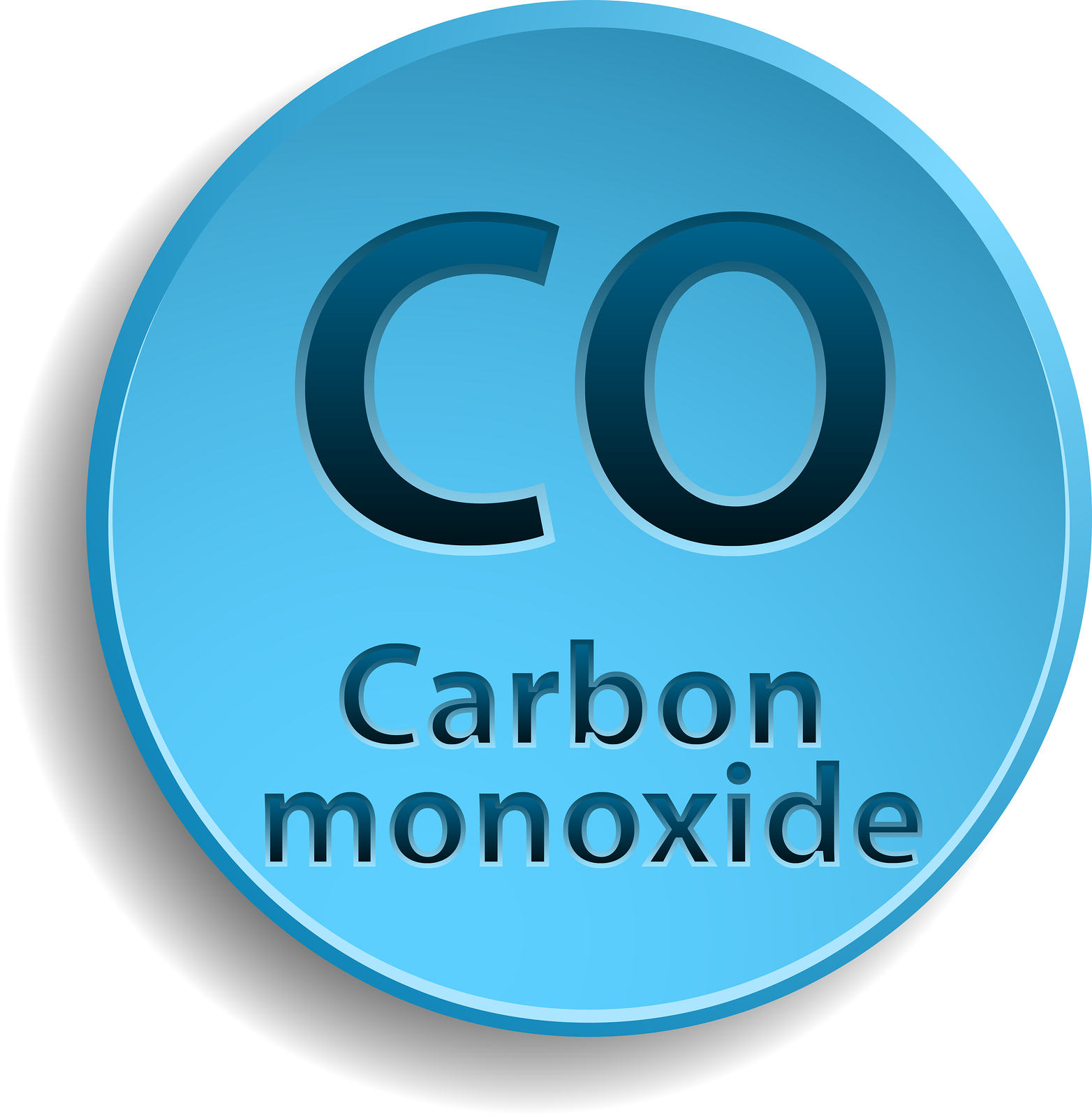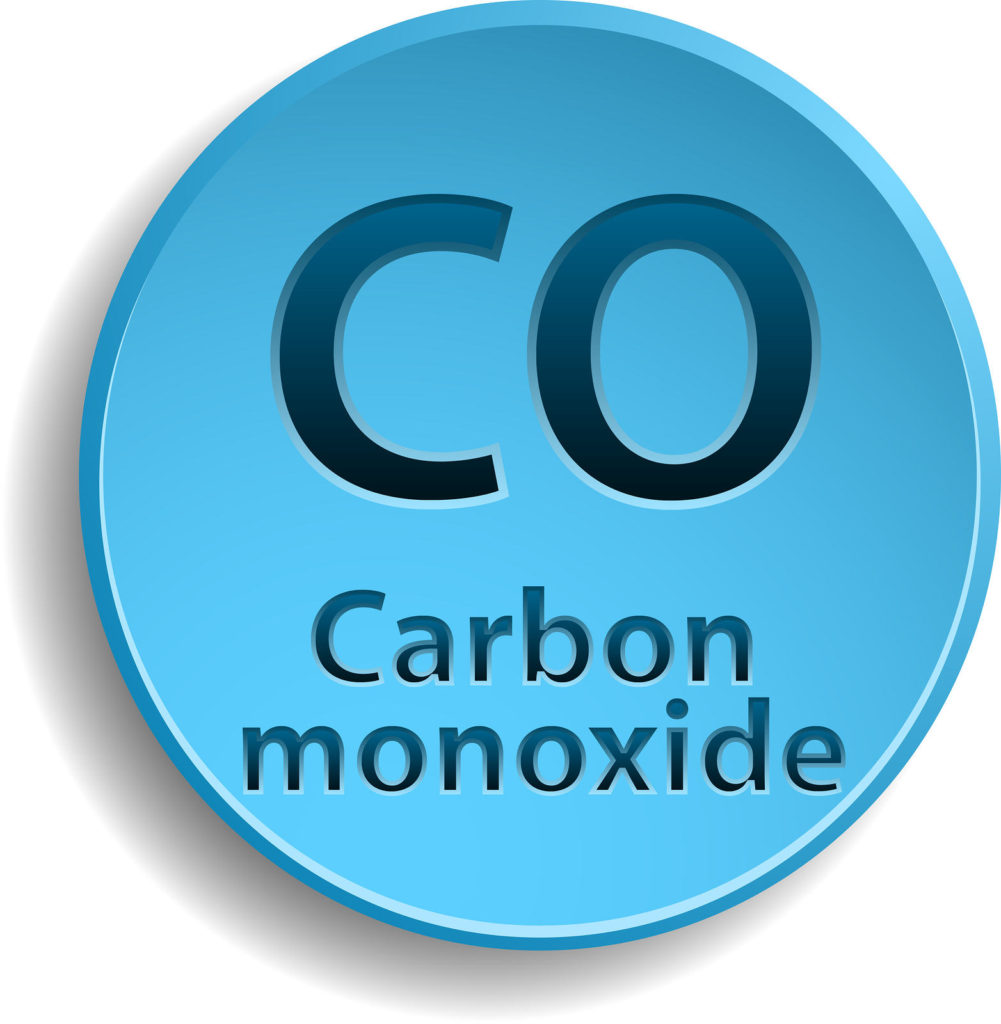‘Silent killer.’ The substance carbon monoxide (CO) earned this notorious alias owing to its ability to pervade a home undetected and the fact that it has taken the lives of a number of people. “You can’t see, smell or taste this deadly, hazardous gas” – many HVAC companies in Toronto warn. In a Toronto Sun article, Community Safety and Correctional Services Minister Yasir Naqvi stated that CO kills about 50 Canadians, including 11 Ontarians, yearly. Due to the recorded deaths, a bill was passed last year mandating homes, condos, apartment hotels, and university residences to use carbon monoxide warning devices.

Don’t Be the Boy Who Cried Wolf
Basically, CO detectors are designed to go off once abnormal levels of CO in the air are detected, but technologists are still improving the accuracy and reliability of these devices. Some of the current variants may be very sensitive to carbon monoxide presence that they go off even at low levels. If you get these false alarms, you’ll never really know when danger is truly present. So pay attention to quality by ensuring that the product is certified by the Canadian Standard Association. Nonetheless, the best safety measure is still paying attention to other signs of CO leakage in your home.
Generally, people who breathe CO in low levels experience flu-like symptoms such as nausea, headache, indigestion and light-headedness. With this, it may be hard to determine whether it’s real flu or CO poisoning already. Here’s a tip: If almost every member of the household is showing the same symptoms but they feel relieved whenever they’re out, it can be a sign of CO leakage in your home.
Also, observe your stove or gas furnace for any signs of malfunction. If it goes out frequently or if the flames are yellow, instead of blue, make sure to have it checked. See to it that the stove and furnace areas are well-ventilated and the fireplace is clean. Oftentimes, the problem occurs when CO fails to dissipate properly and accumulates within the house.
When Your Furnace is Behind CO Leaks
Certainly, the biggest fuel-burning machine in your home, and thus capable of emitting the most CO, is your furnace. CO is supposed to be vented out of your home from the heat exchanger and through the flu pipe. However, leakage occurs when these parts have cracks or the furnace is not properly installed. If you suspect that your furnace is emitting CO, call a technician for furnace repair from Toronto companies such as Laird and Son. Your technician will perform a series of preventive measures, including a thorough inspection, full-system cleaning, and fixing of parts that can potentially cause problem in your unit.
Source: Carbon monoxide poisoning: 5 things to know about the ‘silent killer’, CBC News Canada
Source: Ontario’s carbon monoxide detector law comes into effect 153, Toronto Sun
